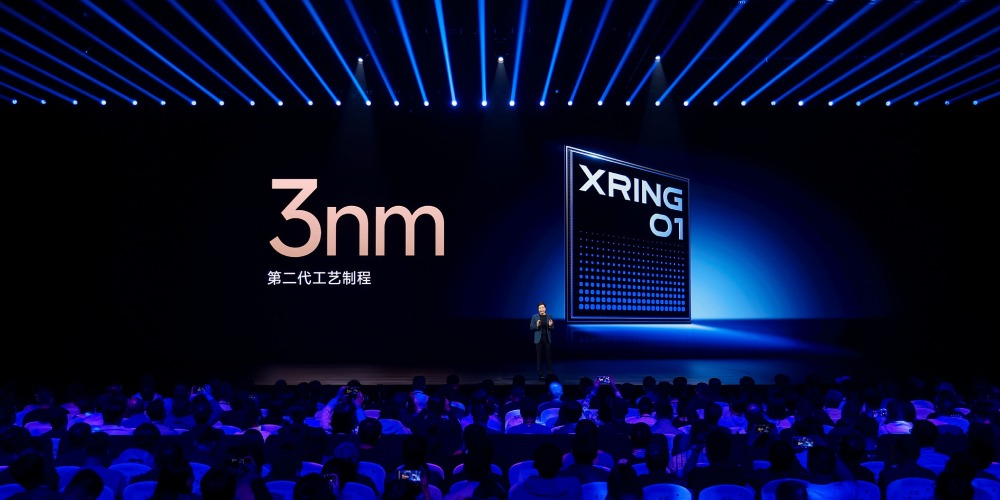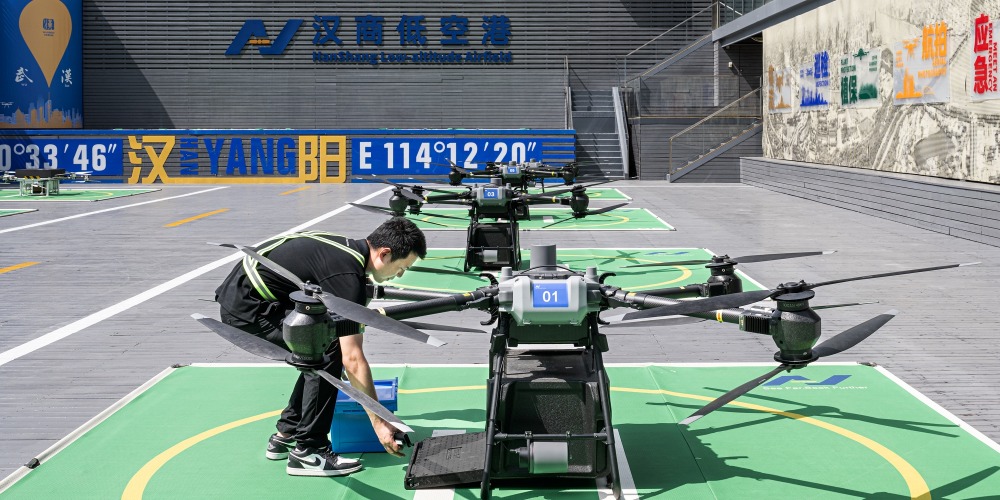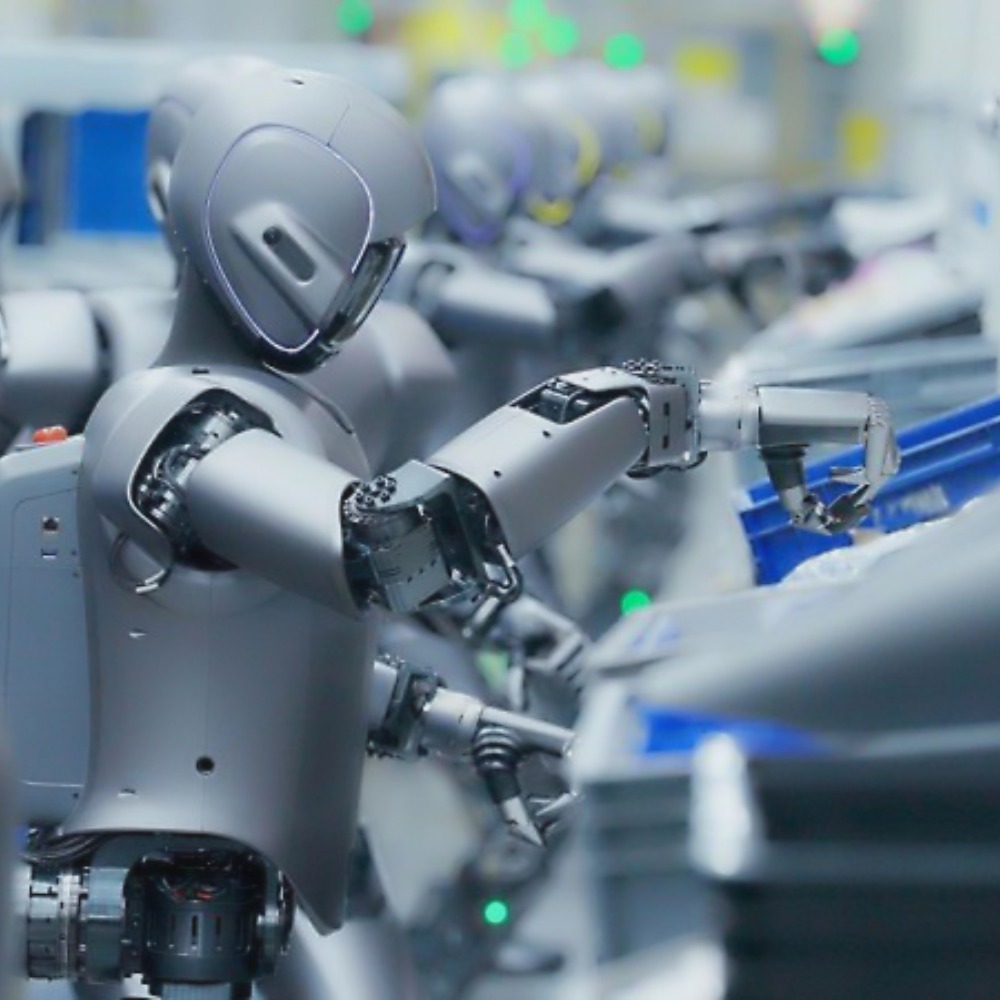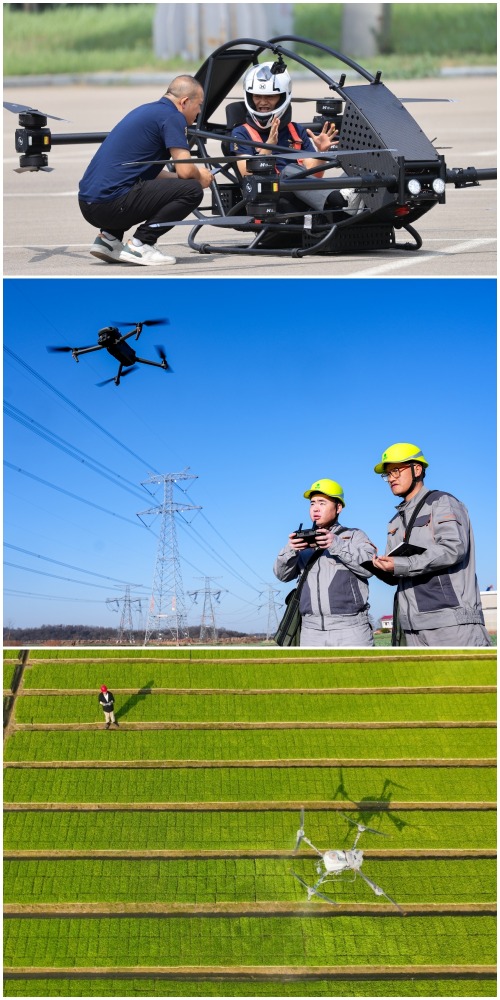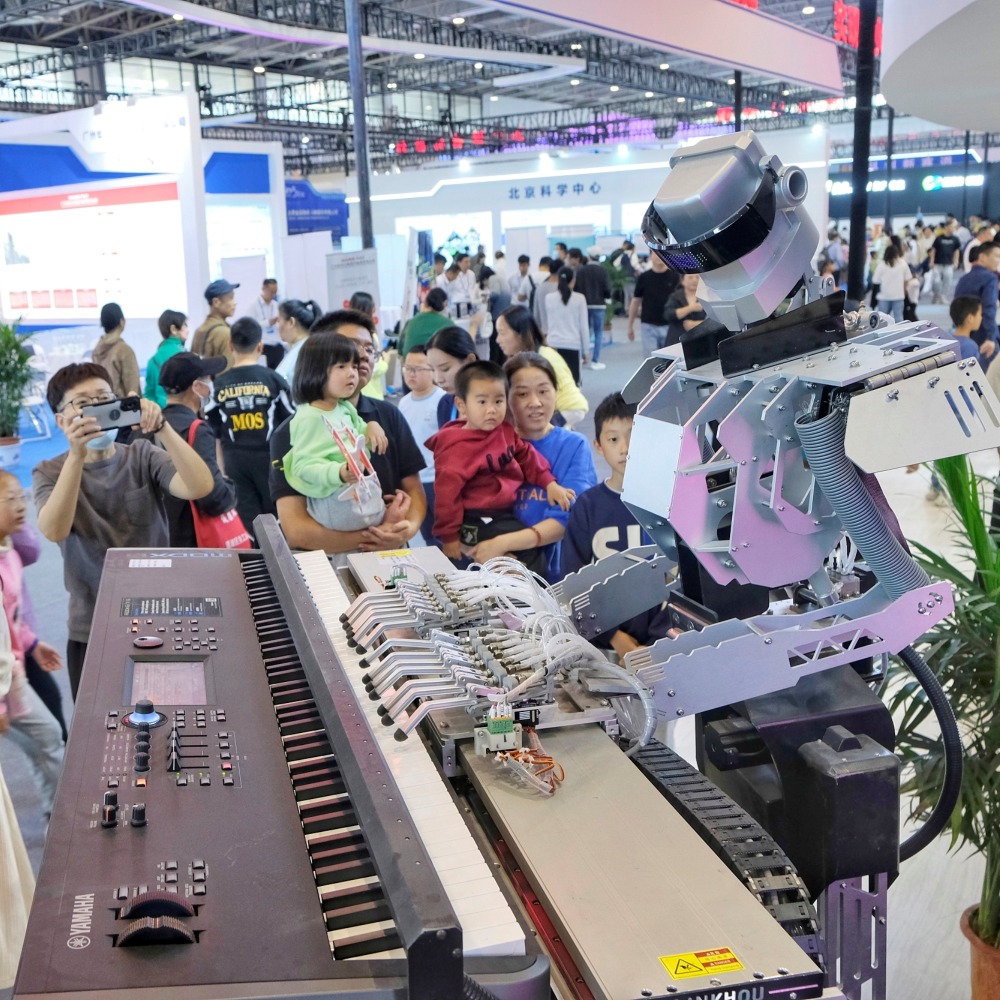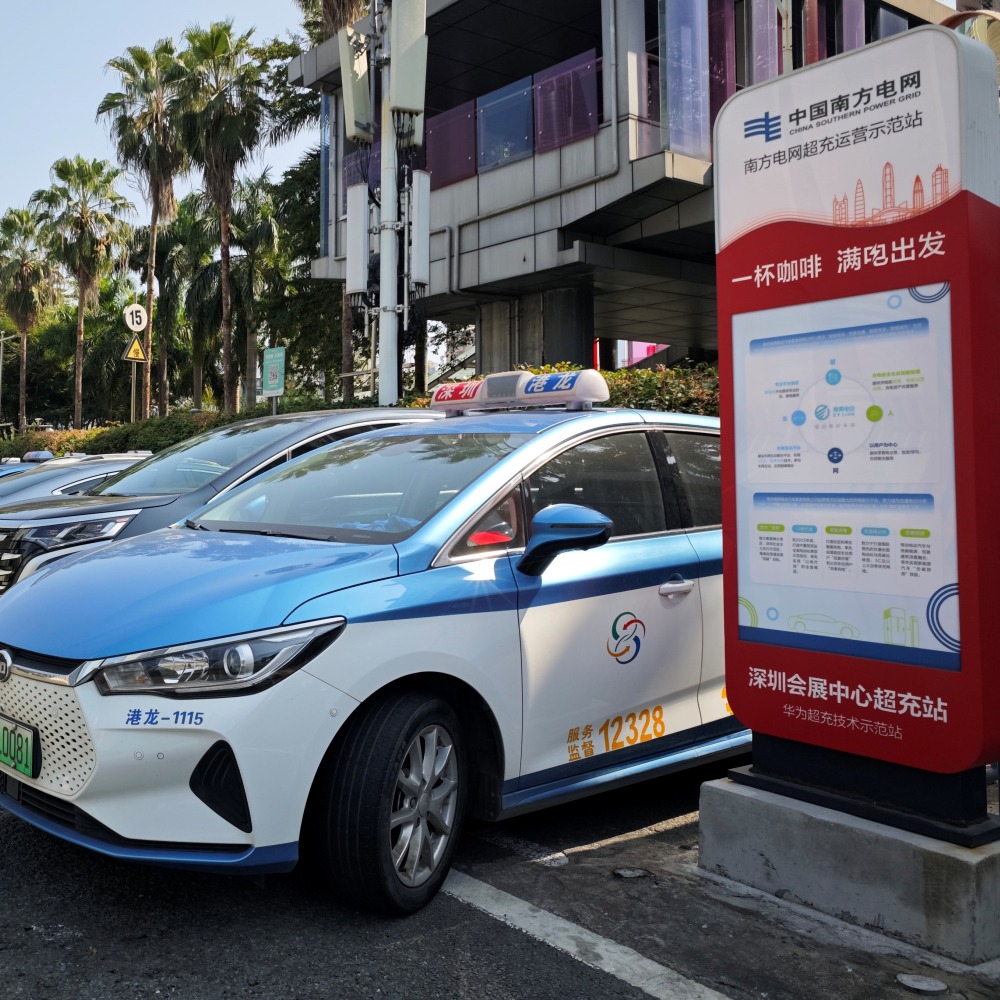Published : 2025-05-23
Domestic chips have made encouraging breakthroughs! Xiaomi's self-developed "Xring O1" chip is officially launched. By using the most advanced 3nm process, some performance of Xiaomi even surpasses Apple.
At the same time, Xiaomi has become the fourth company after Apple, Qualcomm, and MediaTek to release a self-developed 3nm mobile processor chip, achieving a world-class level of technical expertise.
Xiaomi 3nm Chip|109 square millimeters integrating 19 billion transistors
Chip technology refers to the construction of complex integrated circuits on a tiny silicon chip. Generally speaking, the more transistors arranged per unit area, the stronger the chip's performance.
"Xring O1" is Xiaomi's first 3nm flagship processor, using the industry's most advanced second-generation 3nm process for mass production, integrating 19 billion transistors in a compact 109 square millimeter space, concentrating powerful computing power at your fingertips with performance and efficiency ranking among the world's top tier.

Xiaomi has become the fourth company globally, after Apple, Qualcomm, and MediaTek, to release a self-developed and designed 3nm mobile processor chip, and has started large-scale mass production.
It is worth mentioning that Apple's latest A18 Pro chip also uses the 3nm process. Therefore, in terms of technology, Xiaomi has caught up with the world's highest standards, with multi-core performance scores even surpassing Apple's A18 Pro while reducing power consumption by 35%.
According to the introduction, the first batch of Xiaomi products equipped with the "Xring" series chips includes the Xiaomi 15S Pro smartphone, Xiaomi Pad 7 Ultra tablet, and Xiaomi Watch S4.
For Xiaomi, the launch of "Xring O1" can reduce its reliance on external suppliers and increase profit margins. Additionally, extending "Xring O1" to tablets, smart cars, and other devices can enhance the full scenario computing network, further expanding the market.
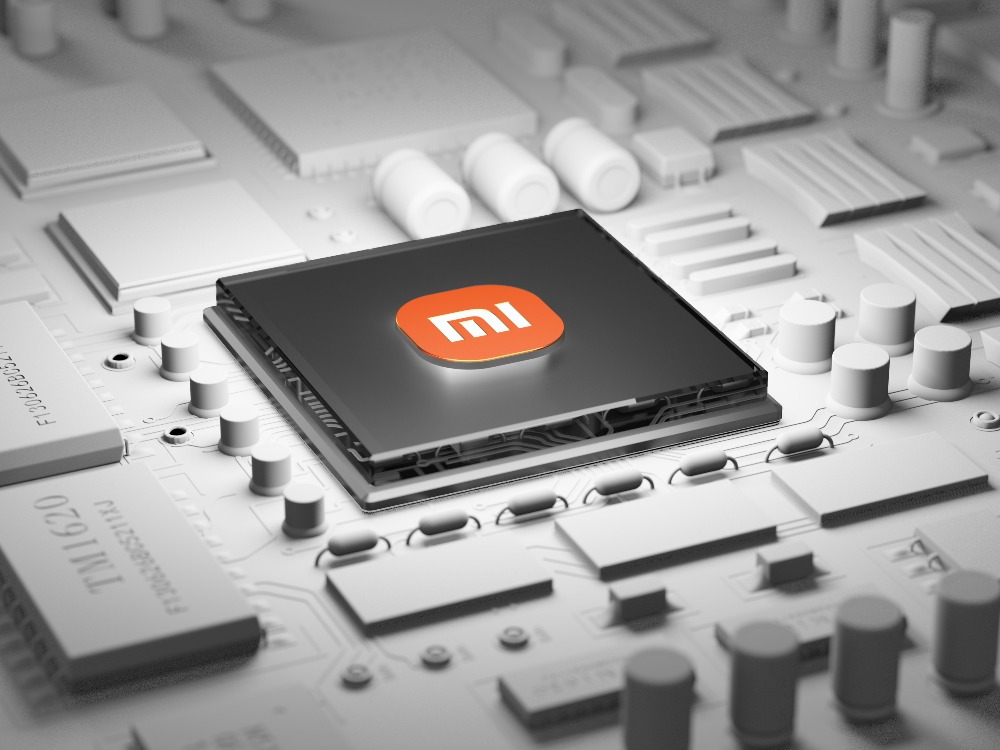
Read more: China controls exports of "gallium" and "germanium" for national security – What are they?
Xiaomi 3nm Chip|Lei Jun: the difficult journey of chip manufacturing
In recent years, the United States has been exerting economic and technological pressure on China, with chips being a focal point. This is because chips determine computing power, which is as crucial as oil today.
The chip industry involves multiple fields including materials science, equipment manufacturing, microelectronics technology, electronic information, and computing, with rapid technological updates and fast industrial upgrades.
China's chip development has long faced two major bottlenecks: manufacturing equipment and production processes.
Looking back at Xiaomi's chip manufacturing journey over the past 11 years, Lei Jun candidly stated that "making chips is a near-death experience." Over the past four years, Xiaomi has invested more than 13.5 billion yuan in developing the "Xring" chip, with a research team of over 2,500 people.
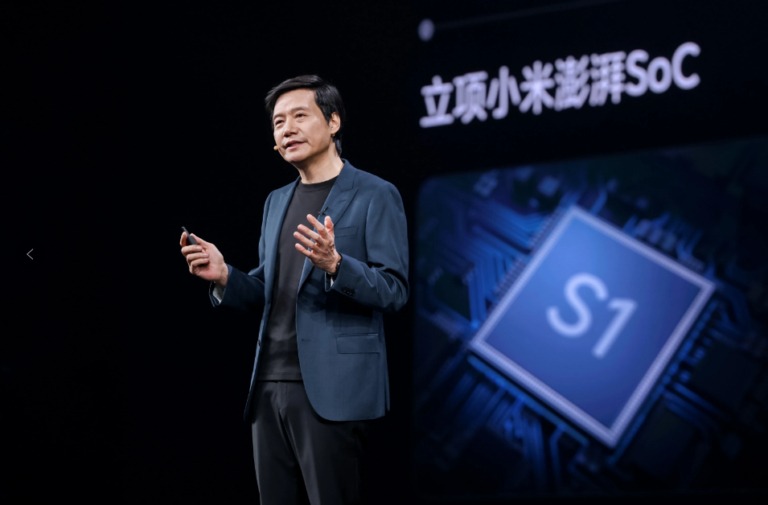
Lei Jun stated that Xiaomi is a latecomer and also a chaser in chip manufacturing. Although latecomers are definitely not perfect, always ridiculed and doubted, and still have a long way to go compared to chip giants, he firmly believes that as long as they start chasing, they can be on the path to winning.
He reaffirmed that they would never give up and are prepared for long-term investment in chip R&D.
Although the United States tries every possible way to suppress it, Chinese chips are striving to grow stronger against the odds.
As NVIDIA's CEO Jensen Huang pointed out, U.S. chip control measures have instead provided Chinese companies with the spirit and vitality to accelerate their own development, making them stronger.
Read more: Entrepreneurship is never too late: Morris Chang established a chip empire at 56
Read more: Developing "China's Chip": Huang Lingyi continues to fight over 80 years old
